Before cleaning the plot, before getting a single plant, we need to have a long hard look at the place where we plan to put the garden. It can be big or small, it can have constructions around or be completely on its own, it can have plenty of life already or be a deserted area.
What are the first things we need to look at and pay attention if we want a garden that can live on its own and require little maintenance once established?
Are you ready?
(It's going to feel more like a duh moment than an aha moment... but bear with me) We need to pay attention to:
The land, the sun, the water, the wind and what's already in it.
Sounds obvious, right? But what does it mean in practical terms?
The land
Here's the drill... water travels and when it does, if the soil is not kept tight by life (and sometimes even if it is) it will be carried away. We don't want that. The top soil is the gold of our land, we want to keep it and we want it to grow as much as possible. We can never have too much good black fully alive top soil.
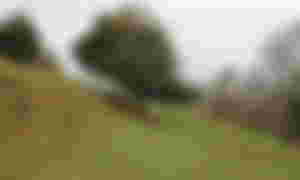
So the first thing we need to watch carefully is the topology of the plot. The topology is the ups and downs, the bumps and valleys. This happens in all land, no matter how small or big, there is always an inclination and water will move from some part to another. Otherwise, we don't have land, we have a lake.
So we take paper and pen (or color pencils) to draw our plot and the topology. We will later on have to come back to this several times. If the plot is big we might need special equipment or to hire someone. if the plot is small we can more or less eyeball it and wait for rain to see how water behaves, where it goes and how it does it.
The sun
We need to know, at least where the sun is coming from and where goes in the sunset. From this we will also need the extremes in the summer and winter solstices. The sun's trajectory will move between those points along the year. The solstice angles will be more or less important depending on how we are going to design the garden and if we are going to do seasonal planting or not.

If you want to keep it simple, just get the general direction of East and West to know how he sun will move along the day.
Why is this important? Imagine that you want fruit trees and you also want some flowers and tomato plants. Well, tomatoes need full sun for most varieties and the sun of the morning is always better. So if you put your trees on the east, you will cover the sun of the morning and waste all that precious energy.
If you already have landmarks, meaning buildings or trees you will not remove. Take your plot of the land and add the info about what patches have light in what timeframes.
The water
I already talked partly about water in the section about the land. Now we need to do two things: one is wait until it rains and really have a look at the streams that form, how the water runs, how fast or slow it moves.

Look for signs of erosion and figure out what is going on.
I can't stress it enough: we cannot lose top soil. Period.
The second element about water we need to look into is accessibility to it as a resource. We need to find out when and how it rains in the area, and any information about other sources of water (wells, rivers, roofs, etc.).
The wind
Wind can be a source of erosion. We cannot lose top soil and young plants are easily uprooted. So we need to gather information about the winds. Are they soft or strong? Are there regular or seasonal preferred directions?
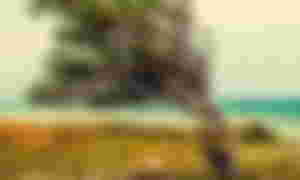
If we are in an area with strong winds we will have to introduce fences in the design to protect our plants. The fences can be living fences. I'm not talking about building walls here, even when it could be a valid choice in some cases.
What's already in it
Nature's very wise and she knows how to move things around to enter the growing spiral of complexity.

So looking at the different species that are already colonizing the plot we will get information about many things, like the health of the soil, where water moves, if there is erosion going on, if there is water under the ground. Some of this information will be redundant with what we find out from the study of the other sections. Some will be new.
Learning to stop and watch is an important skill. There is plenty of information that will help us take decisions about how to use the plot both for our and Nature's benefit.
Thanks for reading. :)
All comments are more than welcome.
Images: stock photos from Canva.

...and you will also help the author collect more tips.
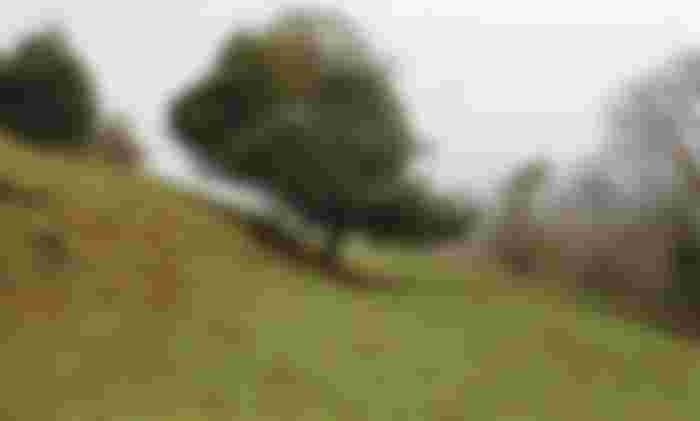
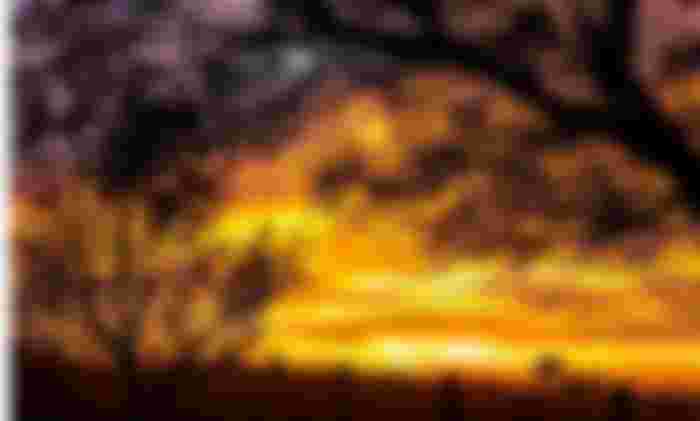

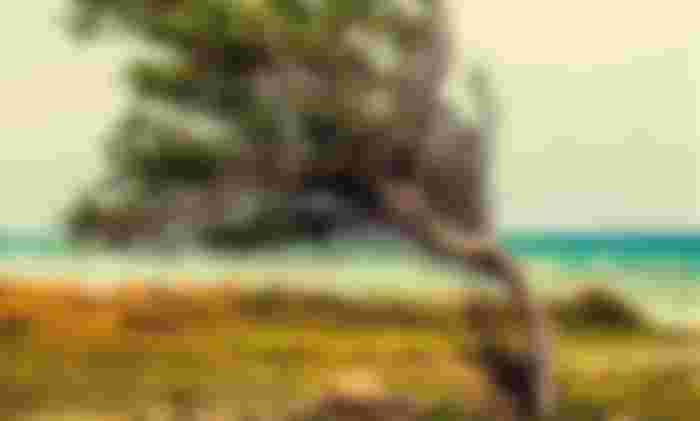
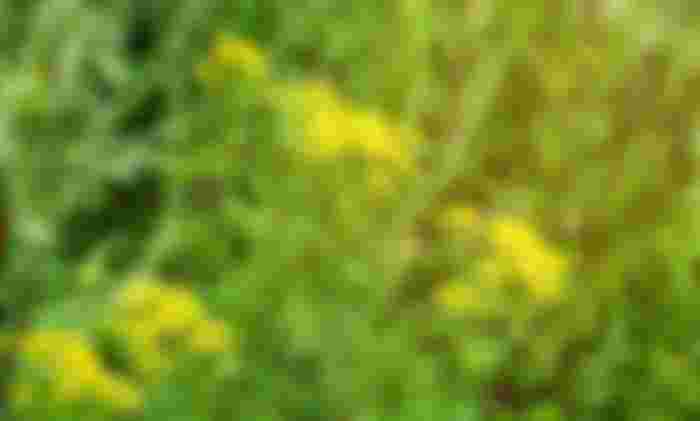
I want to have my own garden and do this.